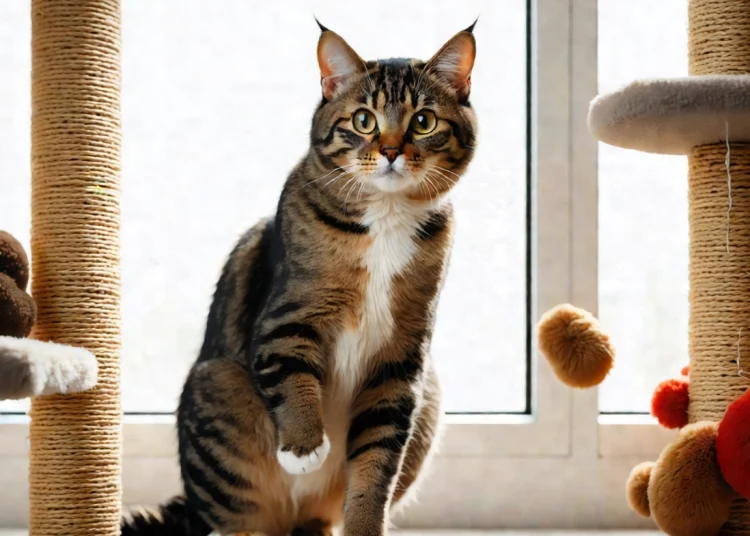Cats are small, carnivorous mammals commonly kept as pets around the world. Known for their independence, agility, and affectionate nature, cats have been companions to humans for thousands of years. They come in a variety of breeds, each with unique characteristics and temperaments.
Cats are known for their grooming habits, often spending a significant amount of time cleaning themselves. Their retractable claws, keen senses, and playful behavior make them excellent hunters, even though domesticated cats typically don’t need to hunt for their food.
In addition to being beloved pets, cats hold cultural significance in many societies, often symbolizing mystery and independence. Their presence has been noted in literature, art, and folklore across different cultures. Whether you’re a fan of their purring companionship or their curious nature, cats continue to be cherished members of many households.
10 Interesting Facts About Our Cats at Home
Unique Communication: Cats use a diverse array of sounds to communicate with humans, including purring, meowing, and chirping. Each of these sounds conveys specific meanings and intentions, reflecting their complex communication skills.
Superb Jumpers: Cats possess the remarkable ability to leap up to six times their body length in a single jump. This impressive feat is made possible by their exceptionally strong leg muscles, which provide the necessary power and agility.
Whisker Sensitivity: A cat’s whiskers are incredibly sensitive tactile organs. They are capable of detecting even the slightest changes in their surroundings, aiding cats in navigating effectively, especially in the dark or unfamiliar environments.
Purring Mechanism: Cats purr not only when they are content and happy but also as a means of self-soothing. This behavior is often observed when they are feeling stressed, anxious, or even in pain, providing them with comfort.
Fastidious Groomers: Cats dedicate a significant portion of their waking hours, estimated to be between 30% and 50%, to grooming themselves. This meticulous grooming routine helps regulate their body temperature and maintains the cleanliness of their fur.
Independent Hunters: Sharing approximately 95.6% of their genetic material with tigers, domestic cats exhibit innate hunting abilities and a solitary nature. This genetic similarity highlights their predatory instincts and independence.
Flexible Bodies: Cats are known for their incredibly flexible bodies, attributed to their unique spinal structure and the absence of a collarbone. This flexibility enables them to easily navigate tight spaces and move with agility.
Unique Paw Prints: A cat’s nose print is as unique as a human fingerprint. Each cat has a distinctive pattern, making their nose print a one-of-a-kind identifier for each individual cat.
Love for High Places: Cats have an instinctual desire to climb and find high perches. This behavior allows them to observe their environment from a vantage point, helping them feel secure and in control of their territory.
Night Vision: Cats are equipped with exceptional night vision, which enables them to see effectively in low-light conditions. They require only about one-sixth of the light that humans need to see, making them adept at navigating in the dark.













